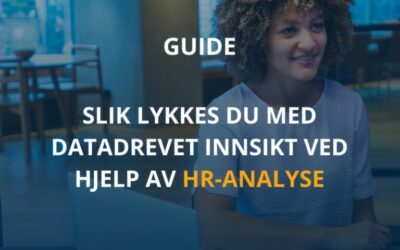How to benefit from data insights from HR analytics?

Blog series: How to simplify and improve people's lives
Apply data insights from HR analytics
Related posts
Guide: How to succeed with data-driven insights using HR analytics - Tips & tricks
Do you want to optimize your HR day-to-day and make better decisions based on data? Download our guide on data-driven HR analytics to discover how you can...
Download the free checklist - For a better onboarding
You've just been through an extensive recruitment process and after a lot of hard work, you're confident you've hired the right candidate. But what...
Guide: How to solve skills challenges in the construction industry
Leaders are required to take a proactive and strategic approach to skills management within the construction industry. This can help to ensure that...


